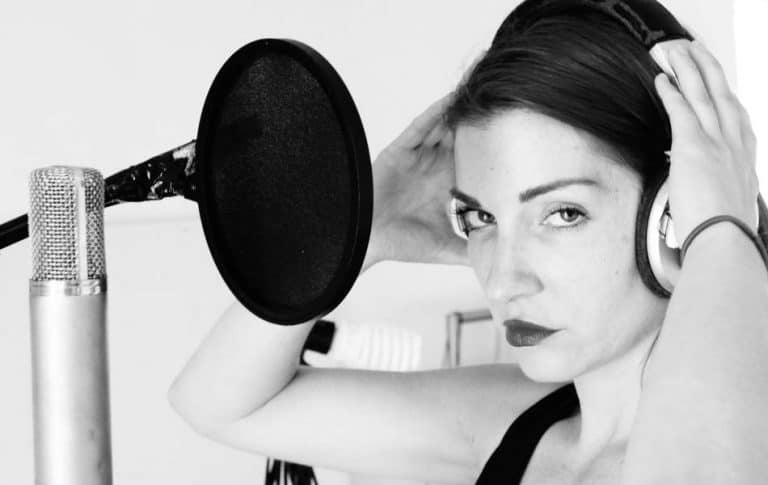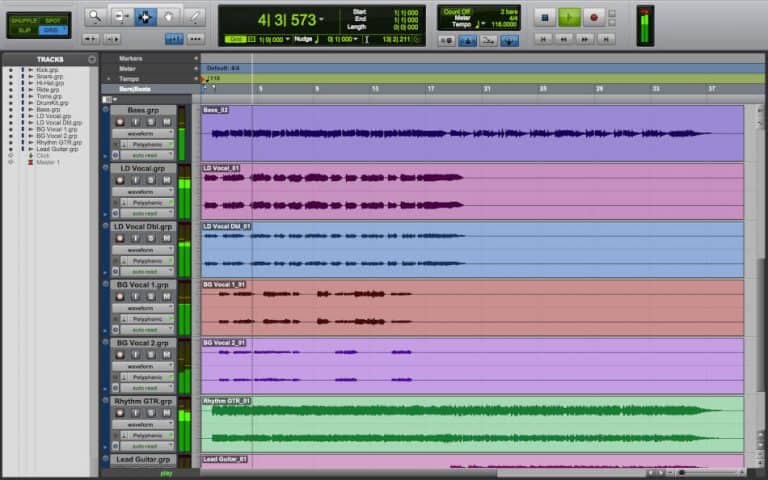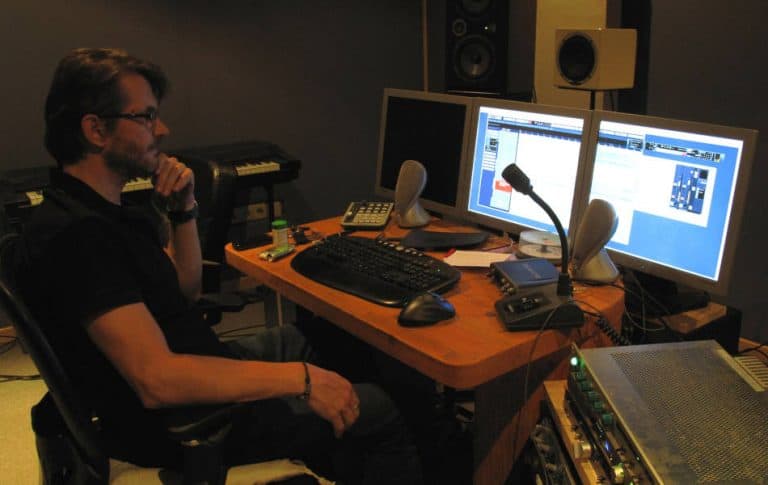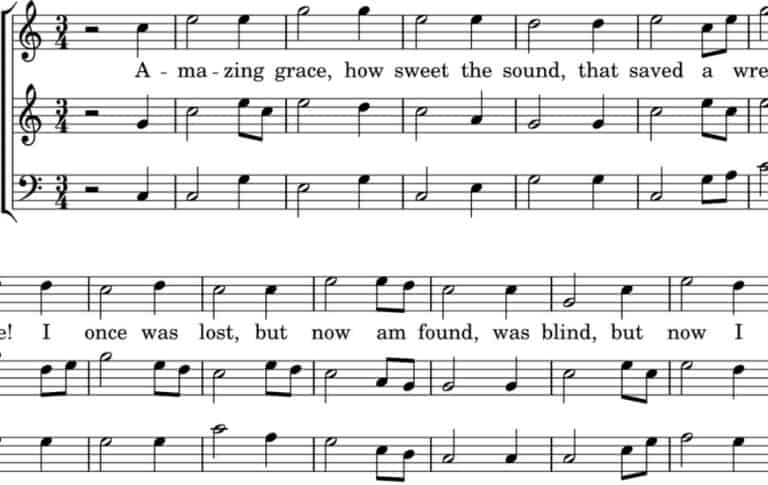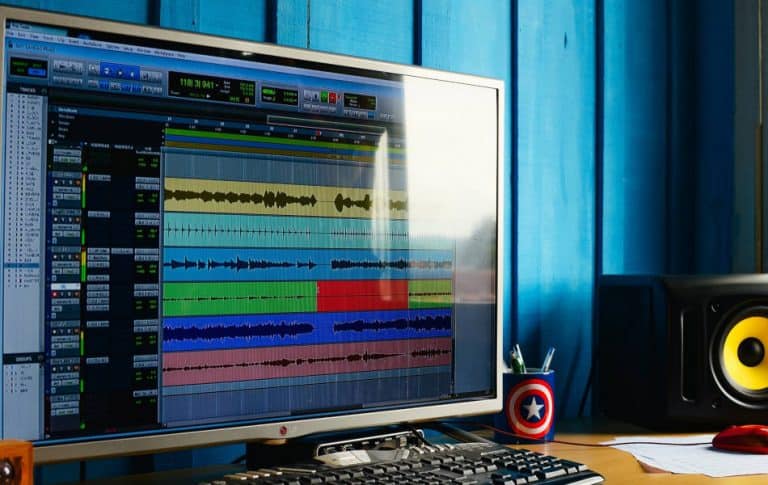Can You Mix and Master Music with Headphones?
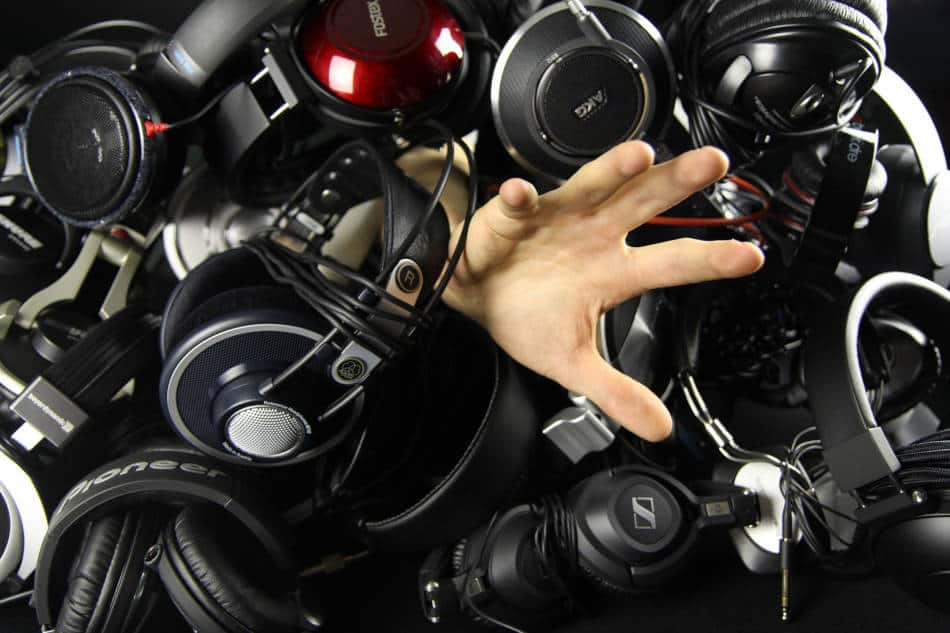
Being able to mix and master your music using headphones would be really helpful. For example, you could make music almost anywhere and you would have some privacy while you did it.
Also, you might be working late at night in your home studio and you don’t want to disturb your partner, the rest of your family, or even your neighbors.
A lot of music production experts say that you can’t mix and master music with headphones, so we wanted to have a look at how feasible it actually is.
Can you mix and master music with headphones? Yes, as long as you understand the issues with using headphones for mixing and mastering it lets you work on your music in a variety of settings.
First of all it’s important to point out that mixing and mastering are two different things.
Mixing
The starting point for mixing is the individual tracks that have been recorded, which could be audio tracks or midi instrument tracks.
The levels of the individual tracks are adjusted and various effects, such as EQ, compression and reverb, may be applied.
The aim of mixing is to make the individual tracks blend together to produce a balanced mix. After mixing is completed the tracks are rendered to produce a stereo audio file.
Mastering
The starting point for mastering is usually a stereo audio file. This is produced from rendering all the tracks of the mix into one file, usually a WAV or AIFF file, or something similar.
Sometimes, rather than starting with a single stereo file, mastering is done on a group of “stems”. These stems are files which contain the audio from groups of vocals and instruments, such as drums, guitars, keyboards.
The aim of mastering is to make something that sounds like a finished product with the individual tracks feeling like parts of a cohesive whole.
To do this various effects are used, again things like EQ and compression, to add warmth to the sound and give it a more powerful sound.
Monitor Speakers Are Usually Recommended
Normally it’s recommended that specialized monitor speakers are used for mixing and mastering.
These speakers are sometimes referred to as “near-field” monitors because they are designed to be positioned fairly close to the listener, around three to six feet away.
The thing that makes monitor speakers special is their so-called “flat” frequency response. This means that monitors are designed to reduce the effect that the speakers themselves have on the sound output, so that they represent the electrical audio signal being fed in as faithfully as possible.
This means that mixing and mastering engineers can be confident that what they are hearing is what is on the actual recording, and they can make adjustments as required.
When the mixed or mastered track is then played on “normal” speakers, those speakers may have an effect on the sound being output. Sometimes producers listen on other types of speaker to see what other people listening to the track will hear.
Listening in the Car and on Other Speakers
Some music producers have talked about listening to tracks in their cars so that they can get a feel for how it will sound when people listen to it “for real”.
Speaker manufacturers even produce studio monitor speakers that mimic the type of sound people will hear with domestic speakers in their homes.
An example of this type of speaker is the Avantone MixCube. The MixCube has a frequency response that is very heavy in the midrange.
This heavy midrange is what you often get in domestic speakers. Producers listening to the track on these speakers, while preparing the final version, will get a sense of what the customer will actually hear.
So, music producers listen to their tracks on speakers that emulate what the customer will use. Why not use headphones for music production since a lot of people will be listening on headphones?
What’s the Problem with Using Headphones for Mixing and Mastering?
There are some things about the design of headphones that can make it difficult to hear an accurate representation of the electrical audio signal being fed in.
On of the problems is that the the speakers inside headphones are positioned very close to your ears. This means that the sound has to be manipulated so that it doesn’t sound imbalanced.
Because the headphone speakers are right over your ears high frequency sounds can sound louder than they would if they had to travel some distance to reach your ears. To compensate for this headphones often reduce the level of high frequency sounds.
In addition, the small speakers inside headphones can have difficulty producing low frequency sounds so the bass frequencies are often boosted.
This uneven frequency response is one of the reasons that headphones are seldom used for the mixing and mastering stages of music production.
Ear Fatigue
Ear fatigue is a big problem for producers when mixing and mastering. After listening to the same track over and over, and making small adjustments over and over, you will end up not knowing what you are listening to.
Ear fatigue is a bigger problem when using earphones, so it’s important not to let the volume levels drift upwards over time and to make sure you take regular breaks.
Specialized Headphones That Produce a More Natural Sound
Some types of headphone can produce a more natural sound than others. Open-back headphones don’t surround the ears with a solid cup, so more of the sound leaks out and sounds from outside can leak in.
These open-back headphones are thought to produce a sound that is more natural and similar to what would be heard from speakers. Open-back headphones are only suitable for use in a quiet environment, just like when listening to speakers, because the open back allows external sounds to be heard more easily.
You can read more about why open-back headphones are better for mixing in another article on the website.
However, open-back headphones aren’t suitable for recording because sounds can leak out and be picked up by microphones. This would be a particular problem for vocalists recording while listening to the backing track.
Some companies, like Focal, produce closed-back headphones that are designed to more faithfully reproduce the detail of the audio signal. This helps to provide a neutral sound while preventing sound leakage that might be picked up by a microphone.
Use a Reference Track to Help You
Something that can help if you are using headphones (and speakers too) to mix and master is the use of a reference track. This is a track (or several tracks) in the style of music that you are producing.
First you listen to the reference track through your headphones and pay careful attention to all aspects of the sound. Then you listen to your track and compare each element with the reference track.
Since you know that the reference track sounds the way you want your track to sound it matters less that your headphones are not providing an accurate representation of the signal. Your headphones will be doing the same thing to both tracks.
Special Software to Help You
Despite the issues with using headphones for mixing and mastering it is something that home studio producers want to do. This means there is an increasing demand for products that will help with this.
We already looked at specialized open-back headphones that can be suitable for mixing and mastering, and closed-back ones that try to come close to this too.
Since a lot of mixing and mastering is done “inside the box” now it makes sense for software developers to try and produce something to help when headphones are being used.
Waves, a company to produces a huge range of software plugins for music production, has come up with Waves Nx, which they call a “virtual mix room”. They claim that it recreates the acoustics of a high-end studio inside your headphones.
The headphones we looked at earlier attempted to replicate the flat frequency response of monitor speakers but what they couldn’t do was compensate for head position and movement. Waves Nx uses head-tracking technology to do this, which is hard to describe so check-out their videos that show how this works.
I haven’t tried this myself yet, but I have heard some very good things about it so I’m looking forward to giving it a go.
So, Can You Mix and Master Music with Headphones?
It would appear that using headphones for mixing and mastering is finally becoming a viable option.
It is probably better than using poor speakers in an unsuitable environment. It definitely lets you work in a wide variety of settings and avoids disturbing other people if your home studio isn’t as isolated from the rest of your home as you would like.
If you started mixing or mastering a track using headphones at Abbey Road studios you would probably be laughed out of the place. However, that’s not what we’re talking about here. Headphones are definitely a useful option for mixing and mastering when that’s what you need to use.
